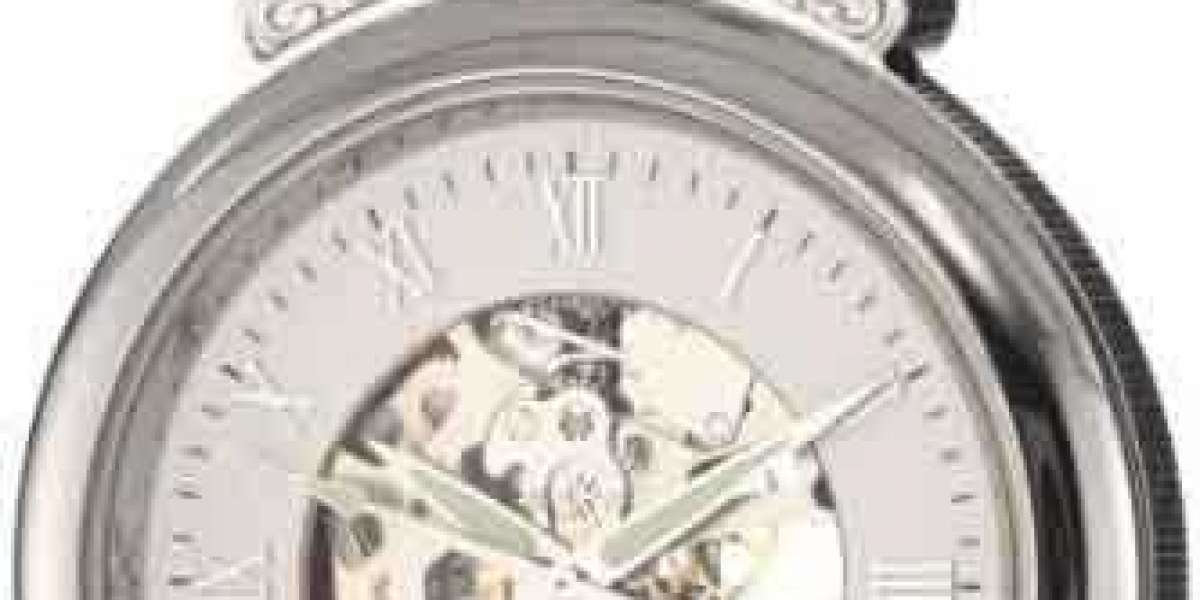What is Plain Milling
Plain milling, also known as slab milling or surface milling, is the process of CNC milling a flat surface parallel to the cutting tool's axis. The rotating milling cutter does not cut continuously along the length of the workpiece, but rather moves from one end to the other.
Plain Milling Machine
A milling machine is one of the most flexible and influential types of machinery found in manufacturing. The milling machine is the most extensively utilized machine in machine shops and modern manufacturing enterprises worldwide.
Plain or slab milling is a procedure that produces plain, horizontal, or flat surfaces that are parallel to the cutter's rotation axis. The slab milling procedure is carried out using a peripheral mill cutter.
Compared to manual millers, plain milling machines are more sturdy. Horizontal milling machines are frequently used to refer to plain milling machines with a horizontal spindle. The table can be fed vertically, crosswise, or horizontally. The feed contains the following:
Verticle – vertically adjusts the table.
Cross – parallelizes the table with the spindle.
Longitudinal – the table is rotated.
The following table compares the plain milling machine to the universal milling machine:
The simple milling machine has three table movements: longitudinal, cross, and vertical, however the universal milling machine has four table motions in addition to the above three, and the table can be swiveled horizontally and fed at an angle to the milling machine spindle.
The universal milling machine is capable of manufacturing spur and spiral bevel gears, twist drills, reamers, and milling cutters, as well as performing all forms of milling, drilling, and shaping operations.
The rigidity and weight of the plain milling machine are greater than those of the universal milling machine.
The plain type is more suited to manufacturing activities, whereas the universal type is more suited to room work and special milling activities.








